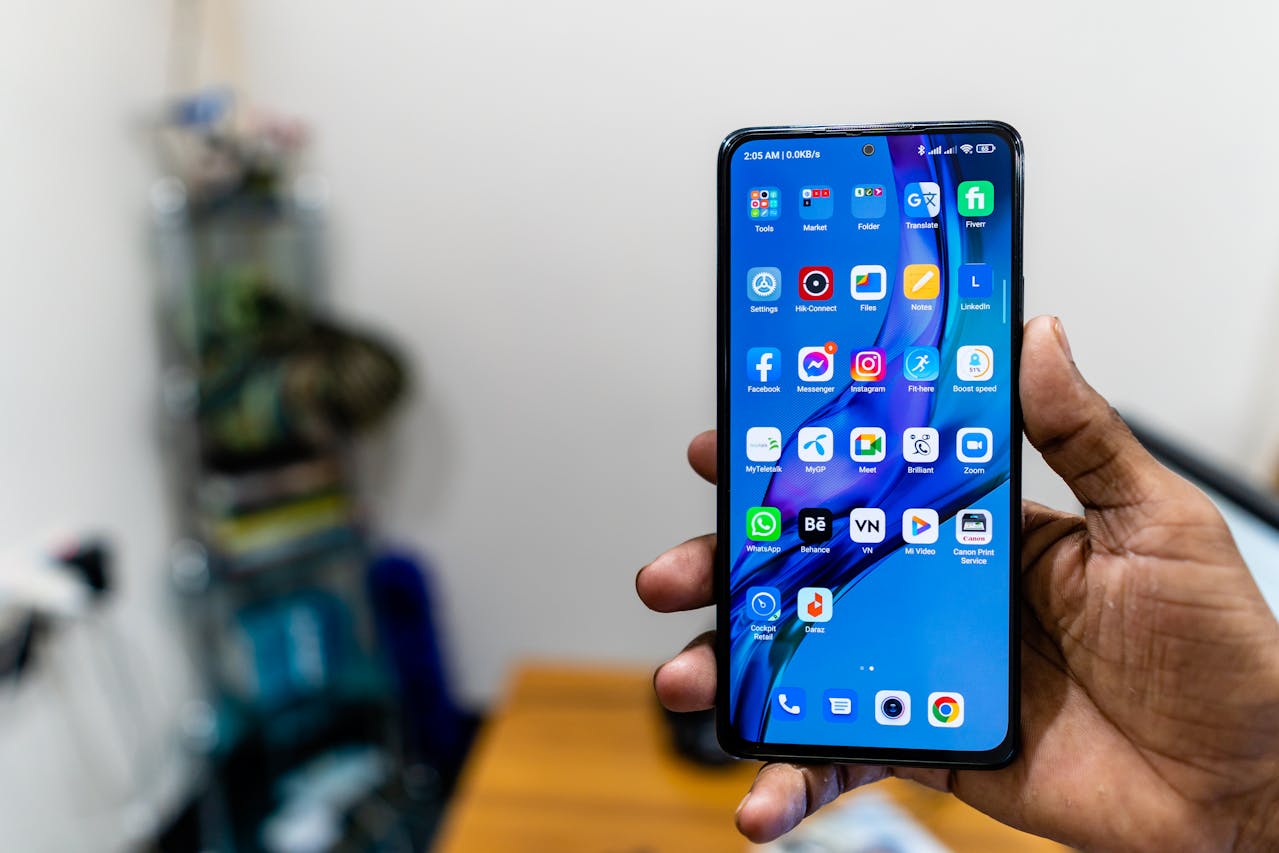
Smartphones first came out in 1992 with IBM’s Simon Personal Communicator, widely considered the first smartphone. It featured a touch screen, email, and a few apps. However, the smartphone era truly began with the release of the iPhone in 2007, revolutionizing mobile technology and setting the standard for future devices.
Why Understanding Smartphone History Matters
Before diving into the timeline of smartphone development, it’s important to understand why this knowledge is valuable:
- Technological Appreciation: Knowing the history helps appreciate the rapid advancements in mobile technology.
- Consumer Awareness: Understanding past innovations can inform better choices about current and future technology purchases.
- Industry Insight: It offers perspective on how companies and technologies have evolved, influencing market trends and competition.
Given these benefits, exploring when smartphones came out and their development journey is essential for tech enthusiasts and consumers alike.
The Early Days: The Birth of the Smartphone
IBM Simon Personal Communicator (1994)
The IBM Simon Personal Communicator, released in 1994, is widely regarded as the first true smartphone. It combined a mobile phone with a PDA (Personal Digital Assistant) and featured a touchscreen, email capability, and built-in apps like a calendar, address book, and calculator. Despite its limited success, the IBM Simon laid the groundwork for future smartphone development.
Nokia 9000 Communicator (1996)
In 1996, Nokia released the Nokia 9000 Communicator, which was one of the first devices to integrate phone functionality with email, web browsing, and fax capabilities. It featured a full QWERTY keyboard and a clamshell design, making it a popular choice among business users.
The Rise of Modern Smartphones
BlackBerry (2003)
BlackBerry devices, launched in the early 2000s, became iconic for their email capabilities and physical keyboards. The BlackBerry 6210, released in 2003, was among the first to integrate phone, email, SMS, and web browsing into one device. BlackBerry’s popularity soared, especially among corporate users.
Apple iPhone (2007)
The release of the Apple iPhone in 2007 marked a significant turning point in smartphone history. Featuring a capacitive touchscreen, intuitive user interface, and the revolutionary iOS operating system, the iPhone redefined what a smartphone could be. It introduced features like visual voicemail, a robust web browser, and the App Store, which allowed third-party developers to create apps.
Android Phones (2008)
In 2008, the first Android-powered smartphone, the HTC Dream (also known as the T-Mobile G1), was released. Developed by the Open Handset Alliance led by Google, Android offered an open-source alternative to Apple’s iOS. The platform quickly gained popularity, leading to a diverse ecosystem of Android devices.
Key Milestones in Smartphone Evolution
Introduction of 3G and 4G Networks
The advent of 3G networks in the early 2000s enabled faster data transmission, making mobile internet more accessible and functional. The subsequent introduction of 4G LTE in the 2010s further revolutionized mobile connectivity, enabling high-speed internet, video streaming, and more robust mobile applications.
Development of Mobile Apps
The launch of Apple’s App Store in 2008 and Google Play Store in 2012 transformed smartphones into versatile devices capable of running a wide array of applications. This development spurred the growth of mobile app industries, from gaming and social media to productivity and health.
Advances in Camera Technology
Smartphone cameras have evolved dramatically, becoming a key feature for many users. Innovations like multi-lens setups, high-resolution sensors, and AI-powered photography have made smartphones the primary camera for millions of users worldwide.
The Future of Smartphones
5G Connectivity
The rollout of 5G networks promises to revolutionize mobile technology with faster speeds, lower latency, and enhanced connectivity. This will enable new applications in augmented reality (AR), virtual reality (VR), and the Internet of Things (IoT).
Foldable and Flexible Displays
Innovations in display technology, such as foldable and flexible screens, are paving the way for new smartphone form factors. These advancements promise to enhance user experience by offering larger, more versatile screens in a compact form.
AI and Machine Learning
Artificial intelligence (AI) and machine learning are increasingly integrated into smartphones, powering features like voice assistants, predictive text, and personalized user experiences. These technologies will continue to evolve, making smartphones smarter and more intuitive.
Conclusion
Understanding when smartphones came out and their evolution highlights the rapid advancements in mobile technology over the past few decades. From the IBM Simon to the latest AI-powered devices, smartphones have transformed the way we communicate, work, and live. By appreciating this history, we can better understand current innovations and anticipate future trends in mobile technology.
For more insights into the latest tech trends and innovations, check out our other resources on mobile technology. For further reading on the history of smartphones, visit this authoritative guide.



